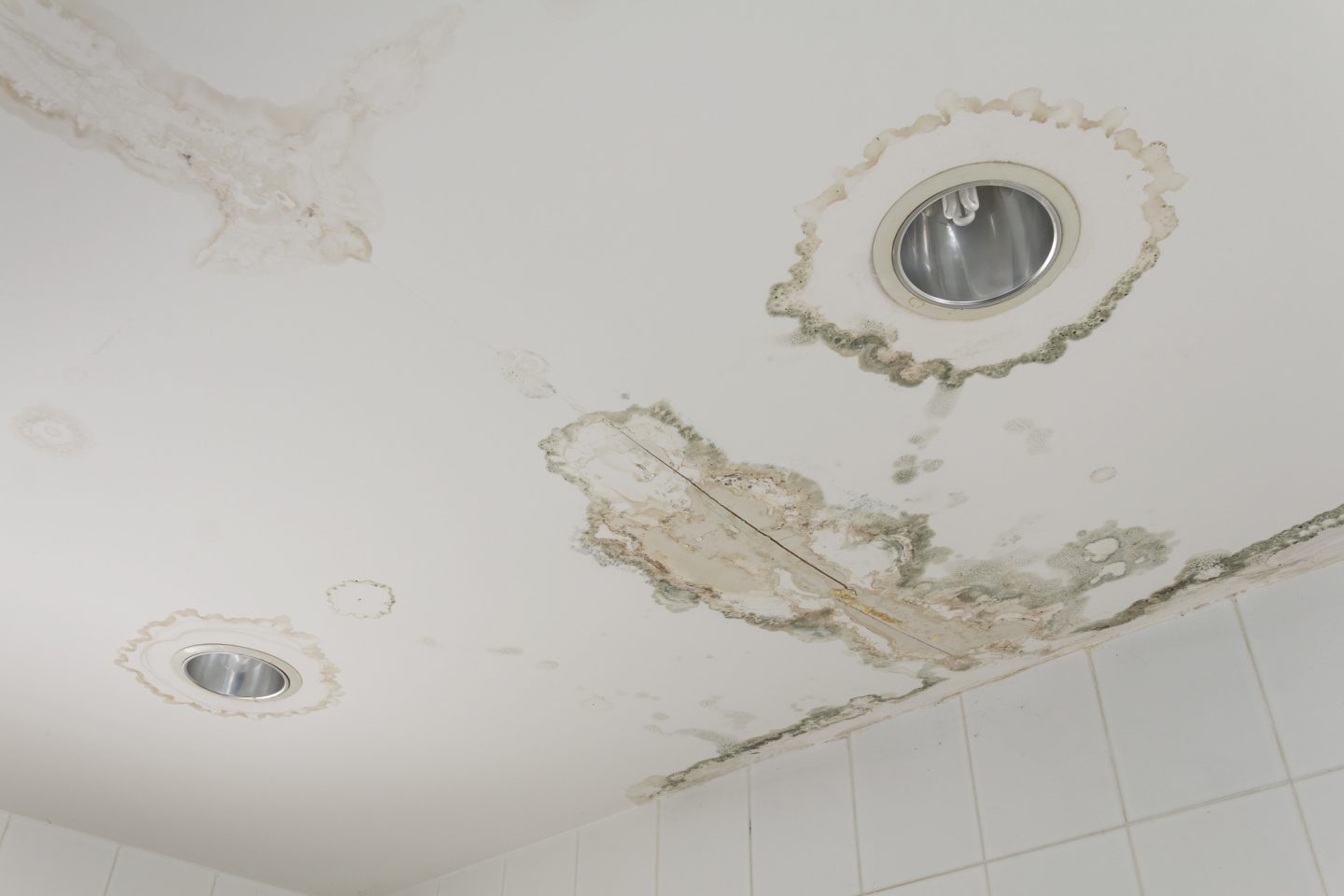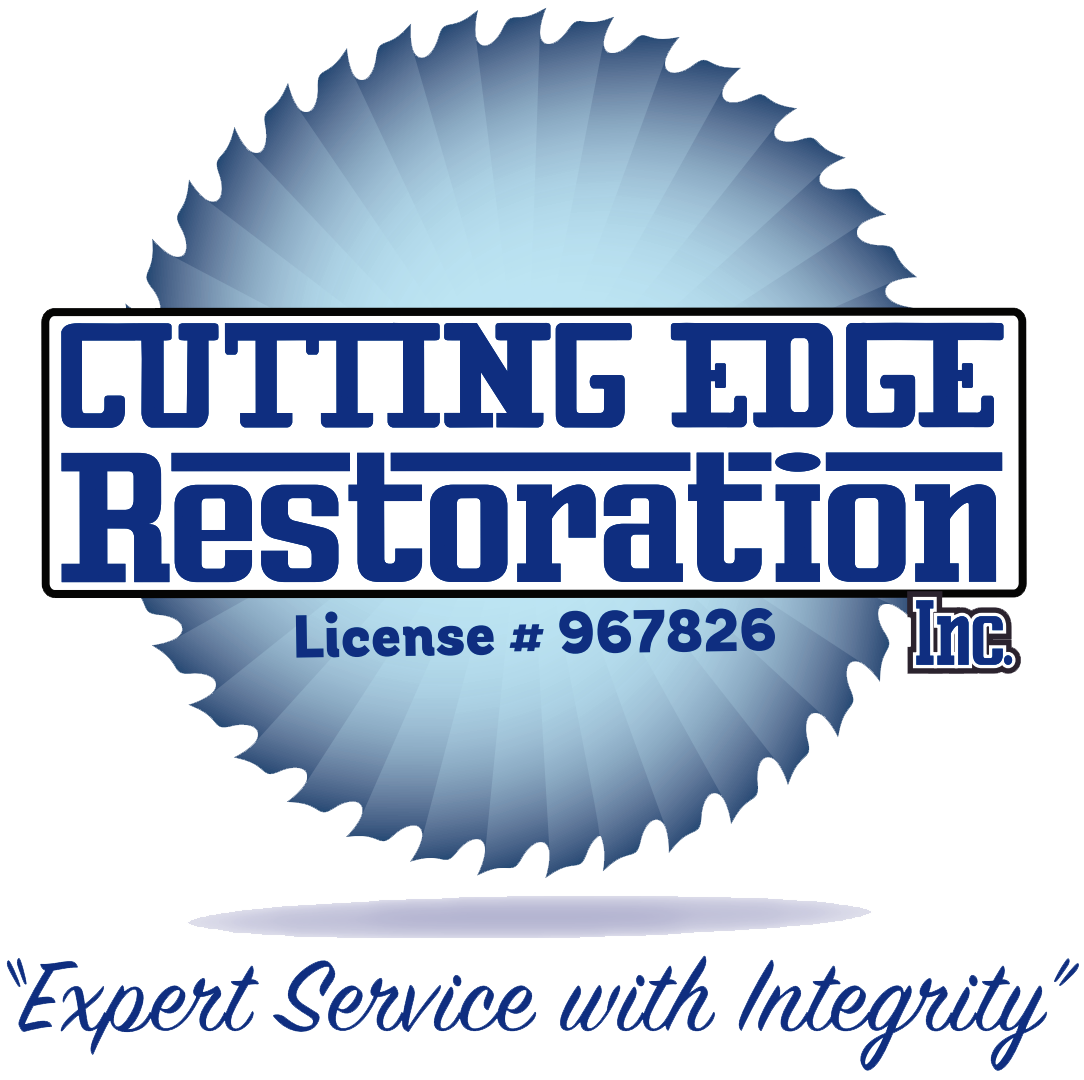
Everybody knows that water allows for life. But, did you know that water can also cause destruction?
Water is one of the leading causes of damage in a home. In fact, 19% of all insurance claims come from water.
It warps wood and destroys walls. Water and moisture will also cause dangerous mold to grow.
It can damage a home in a number of ways. Learn about the different types of water damage so you know what to look for.
The Rundown on 3 Different Types of Water
Understanding the different types of water damage will help you take the appropriate course of action. Keep reading to learn how to spot, fix, and prevent each.
1. Clean Water (Category 1)
Flood definition is the water overflowing and/or a large quantity of sitting water. When clean water leaks, causing a flood but does not pose any health risks, it falls into category 1 damage.
This can happen due to water overflow from rainwater, snowmelt, toilet holding tanks, and appliances. You can typically clean this type of flood yourself.
But, you should take care to remove all water and dry the area thoughtfully. Stagnant water can quickly move into the next category.
2. Greywater (Category 2)
Things start to get murky when you move into category 2, literally. Greywater, or sullage, refers to domestic wastewater, with the exception of toilet water.
It can come from dirty water from the dishwasher, washing machine, sink basin, or bathroom tub. This can contain some contaminates, so people should not use this type of water for drinking or bathing.
Children and pets should not go near this, as it can cause illness. You must begin cleanup immediately to minimize the risks.
This can get onto the hardwood, carpeting, walls, and furniture. If it is only a small flood, then you can clean it yourself if you take special precautions.
Wear a mask, gloves, and rubber boots to keep the water from touching your garments or skin. But, if the flood goes over an inch or so, then you should hire a professional.
3. Blackwater (Category 3)
This is the worst of the damage types. Blackwater contains toxins, harmful pathogens, and human waste.
This can come from an overflowed toilet or raw waste seepage. What is seepage?
Seepage occurs when sewage water mixes in with floodwater and gets into the ground or your home. You should never attempt to clean blackwater on your own, as it will cause serious illness.
Preventing Water Damage
You cannot always prevent water damage, but you can minimize the risks. Take measures such as upgrading appliances, keeping sinks and toilets free of rubbage, gleaning gutters, and disconnecting hoses.
Keep Your Home Dry
Keeping your home dry will save you a headache and money. Floods can devastate homes.
When floods do happen, despite your preventative measures, understanding the different types of water will help you make a cleanup decision that will keep your family safe.
We specialize in cleaning up damage from water, mold, fires, and more. Please contact us to help you restore your home.
